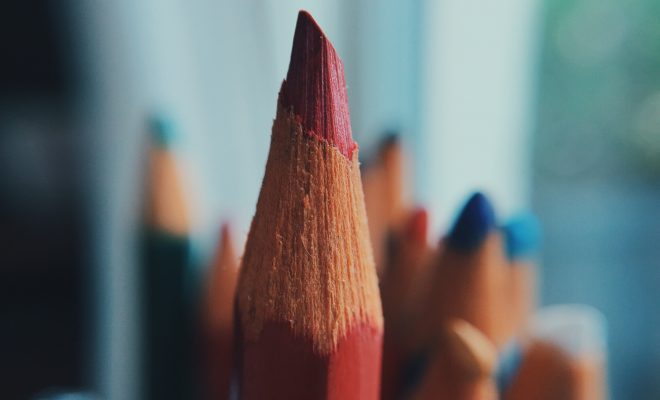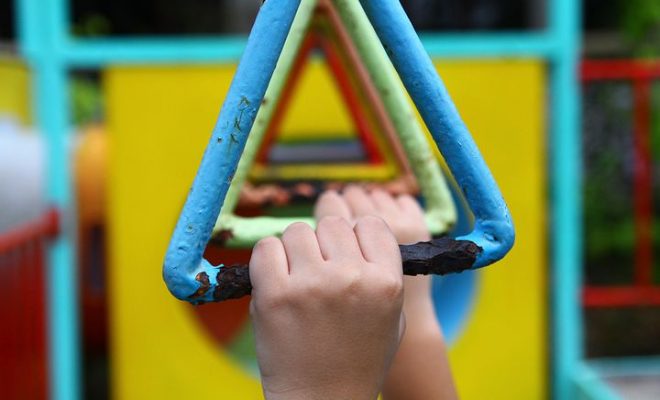Are Schools the Only Place Learning Matters?

When we think about learning, we typically envision a school facility complete with classrooms, students, and a teacher. We never contemplate the reality that we are constantly learning, whether we are conscious of it or not. This is perplexing because we now have access to a plethora of research studies and publications on neuroscience and how learning occurs. In this article, we will look at the neurobiology of learning and why schools aren’t the only area where learning is important.
The majority of learning is self-directed.
Self-directed learning has never been easier or more powerful than it is today. On the Internet, we have rapid access to people, information, and tools. The truth is that the majority of learning occurs outside of the classroom. So you’d think educators understood that learning may happen anywhere and at any time. Regrettably, they do not. We must acknowledge informal learning and its consequences for how we teach our students in the future.
Wired from the start
We are learning from the minute we leave our mother’s womb, and our brains are working overtime to do this. We learn from our parents and our surroundings initially, and then via play, which is the most universal form of learning. So, if you see several kids playing outside a preschool window, know that they are also learning. When children accompany their parents to the grocery store or their grandmother’s house, they are learning.
Following Steps
We know that children require a range of opportunities to demonstrate what they have learned, which cannot be achieved within the standard P-20 structure. Now that we’ve established that the classroom isn’t the only location where learning happens or matters, how can we help our students take advantage of the chances for interest-based, self-directed learning that exists outside of the classroom? This is the question we must address if we are to assist our students in reaching their full human potential.
This is not an easy task, as the standard P-20 framework is inflexible and hard to modify. It does not appear to recognize that self-directed learning can help learners gain knowledge and skills that are deep, personal, real, and meaningful. I believe that the first step in integrating learning inside and outside of the classroom is to devise new methods of awarding academic credit for self-directed, out-of-school learning. We should initially focus on developing a strategy, and then gradually scale it up to obtain acceptability and credibility. This means that we will need to rethink the traditional concept of student outcomes as well as the curricular pathways that we now use.
What are your thoughts?






